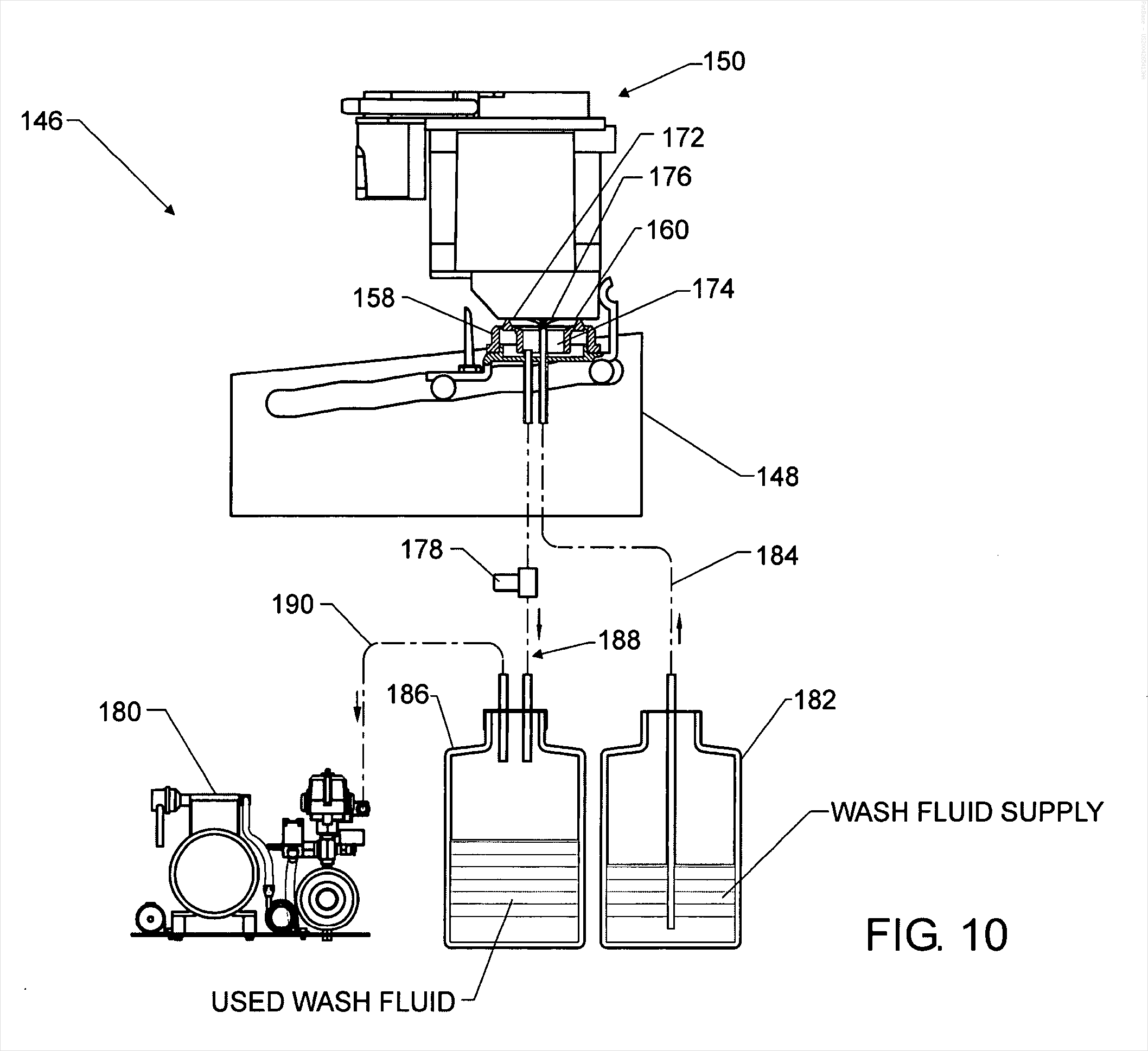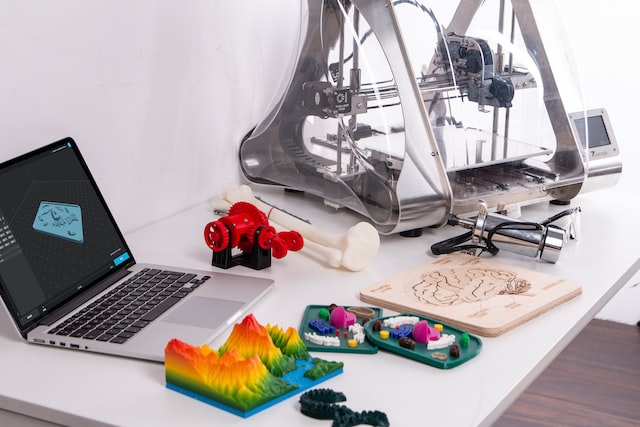3D Printing and Patents: A Guide
3D printing technology has revolutionized the way we manufacture products, from everyday household items to complex machinery parts. It has created a new industry and has the potential to change the way we live and work. However, as with any new technology, the question of intellectual property rights arises, particularly in terms of patents. In this blog post, we’ll explore the interplay between 3D printing and patents and what it means for businesses and individuals.
Patents and 3D Printing
The rapid development of 3D printing technology has led to several important legal questions, including the extent to which 3D printing can be patented. While 3D printing itself is not patentable, the technology can be used to produce a wide range of patented products. For example, a company that creates a new type of 3D printer may be able to obtain a patent on the design and construction of the printer itself.
However, the use of 3D printing to produce patented products can also lead to legal challenges. For example, if a company produces a product using a 3D printer that is covered by a patent held by another company, it may be considered patent infringement. This can lead to costly legal battles and can put a damper on the growth of the 3D printing industry.

Image from patent number US7291002B2 – Apparatus and methods for 3D printing (source: PatBase).
In some cases, the patent holder may choose to license the technology to others, allowing them to use the patented product in exchange for a fee. This can help to encourage innovation and competition in the 3D printing industry, as well as generating revenue for the patent holder.
Patent Trolls and 3D Printing
One of the biggest challenges facing the 3D printing industry is the issue of “patent trolls”. A patent troll is a company or individual that holds a large number of patents but does not actually use them to produce products. Instead, they use the patents to demand licensing fees from other companies or individuals that use similar technology. This can be particularly problematic for the 3D printing industry, as the technology is still relatively new, and many businesses are not yet aware of the patents that may be relevant to their operations.
To combat the problem of patent trolls, some companies are taking proactive measures to build up their own patent portfolios. By acquiring a large number of patents, they hope to be able to negotiate favourable licensing agreements and reduce the risk of legal battles.
Open-Source 3D Printing
One alternative to traditional patent protection is open-source 3D printing. In open-source 3D printing, the design files for a product are made freely available, allowing anyone to produce the product using a 3D printer. This can help to encourage innovation and competition in the 3D printing industry, as well as reducing the risk of patent infringement.
However, open-source 3D printing also has its challenges. For example, it can be difficult for a company to generate revenue from an open-source product, as anyone can produce the product without paying a licensing fee. Additionally, it can be difficult to ensure that the quality of the products produced using open-source technology is consistent, as anyone can modify the design files.
In a fast-moving technology space such as 3D printing, it is paramount for R&D and IP teams to understand complex patent landscapes to avoid infringing on competitors and wasting valuable time and resources. Minesoft’s suite of patent alerting solutions allow innovators and legal teams to stay on top of critical internal applications, monitor patent citations to identify potential licensing opportunities and track legal status changes to stay on top of competitors. For more information on how our leading solutions can support your team, contact us today!

